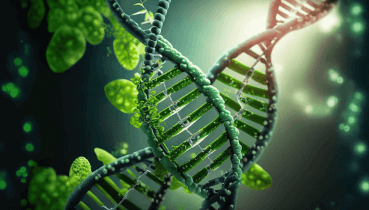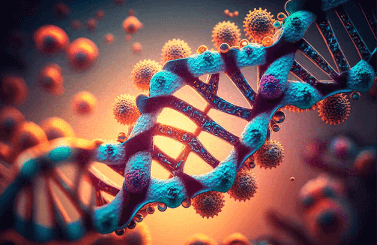Question
a.
Incorrect Origin
b.
Incorrect Quantitative Description
c.
Extending the food
d.
All of the mentioned
Posted under Food Engineering
Interact with the Community - Share Your Thoughts
Uncertain About the Answer? Seek Clarification Here.
Understand the Explanation? Include it Here.
Q. Which of the following is a form of mis-description?
Similar Questions
Explore Relevant Multiple Choice Questions (MCQs)
Q. Food Authenticity means _____
View solution
Q. It is legal for a label to say – ‘this product cures xyz disease’.
View solution
Q. Which of the following need not be in the same vision of field?
View solution
Q. Statement 1: ‘Use by’ date is mentioned for perishable items and ‘Best before’ date is used to indicate when the item starts decaying/getting spoilt.
Statement 2: Instruction of use need not be necessary unless it is not obvious how to be used.
View solution
Q. Which of the following is a must in food labeling?
View solution
Q. Which of the following is incorrect?
View solution
Q. Statement 1: Secondary packaging is outside the primary packaging, so as to group the primarily packed objects.
Statement 2: Packaging can be arbitrarily classified into Primary, Secondary and Tertiary Packaging.
View solution
Q. Which of the given reasons, is NOT a valid reason for packaging of food items?
View solution
Q. In the history of packaging of the food industry, which among these was never a material of packaging?
View solution
Q. Statement 1: All food additives are carcinogenic.
Statement 2: Food additives must be avoided as far as possible.
View solution
Q. Which sentence is untrue?
View solution
Q. Statement 1: Preservatives are food additives.
Statement 2: Sweeteners consist of calorie, low-calorie and non-calorie sweeteners.
View solution
Q. Statement 1: In control of yeast in industries, baking soda is added (which is sodium bicarbonate) react with an acid which is externally added to release carbon-di-oxide which escapes.
Statement 2: Baking soda is a leavening agent. It is an additive.
View solution
Q. _____ help in maintaining/controlling the acidic/alkaline changes during food processing and hence maintain flavor and stability.
View solution
Q. What are Sequestrants?
View solution
Q. What is “carryover” principle?
View solution
Q. Statement 1: Food additives are divided into direct and indirect types.
Statement 2: Direct food additives become a part of the food during packaging. These are in trace amounts.
View solution
Q. Statement 1: Stabilizers, Emulsifiers are certain examples of food additives.
Statement 2: Antioxidant is a class of food additive.
View solution
Q. Which of the following is NOT a function of a food additive _____
View solution
Q. A substance intentionally added that preserves flavour and improves taste is called _____
View solution
Recommended Subjects
Are you eager to expand your knowledge beyond Food Engineering? We've handpicked a range of related categories that you might find intriguing.
Click on the categories below to discover a wealth of MCQs and enrich your understanding of various subjects. Happy exploring!








